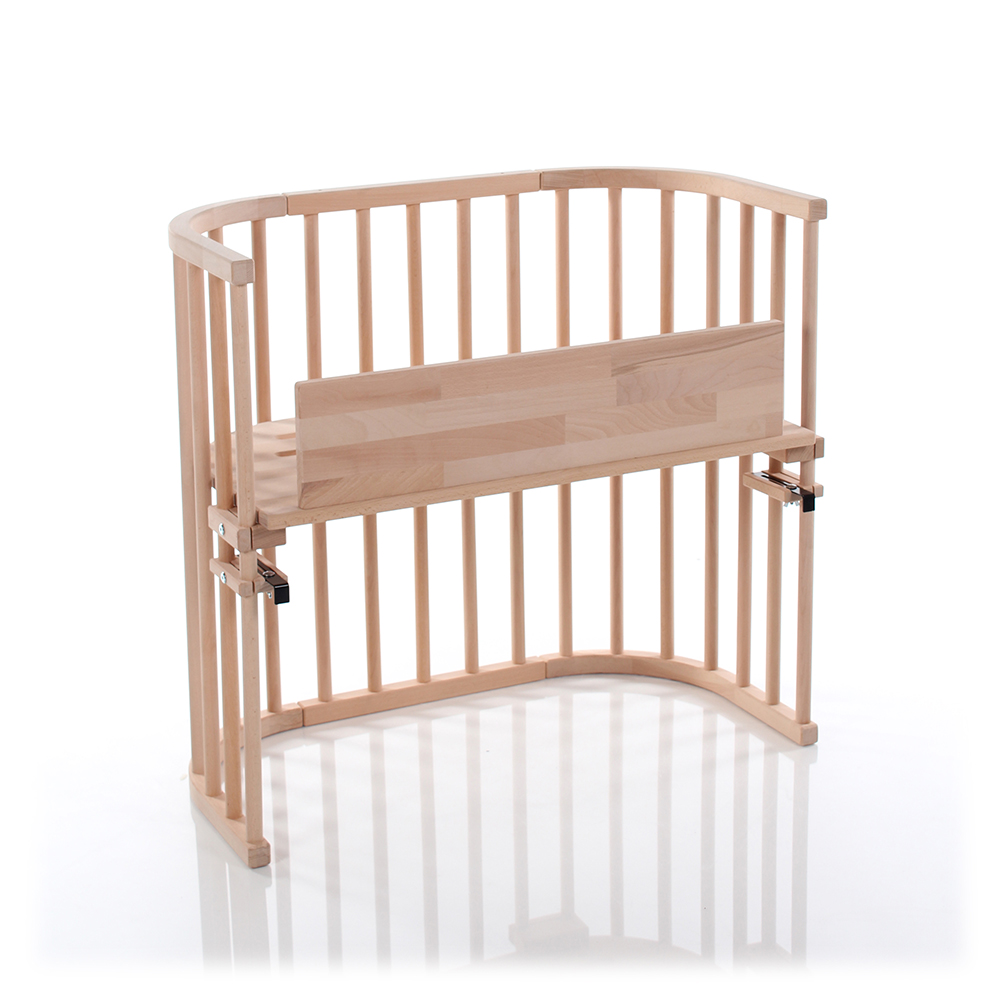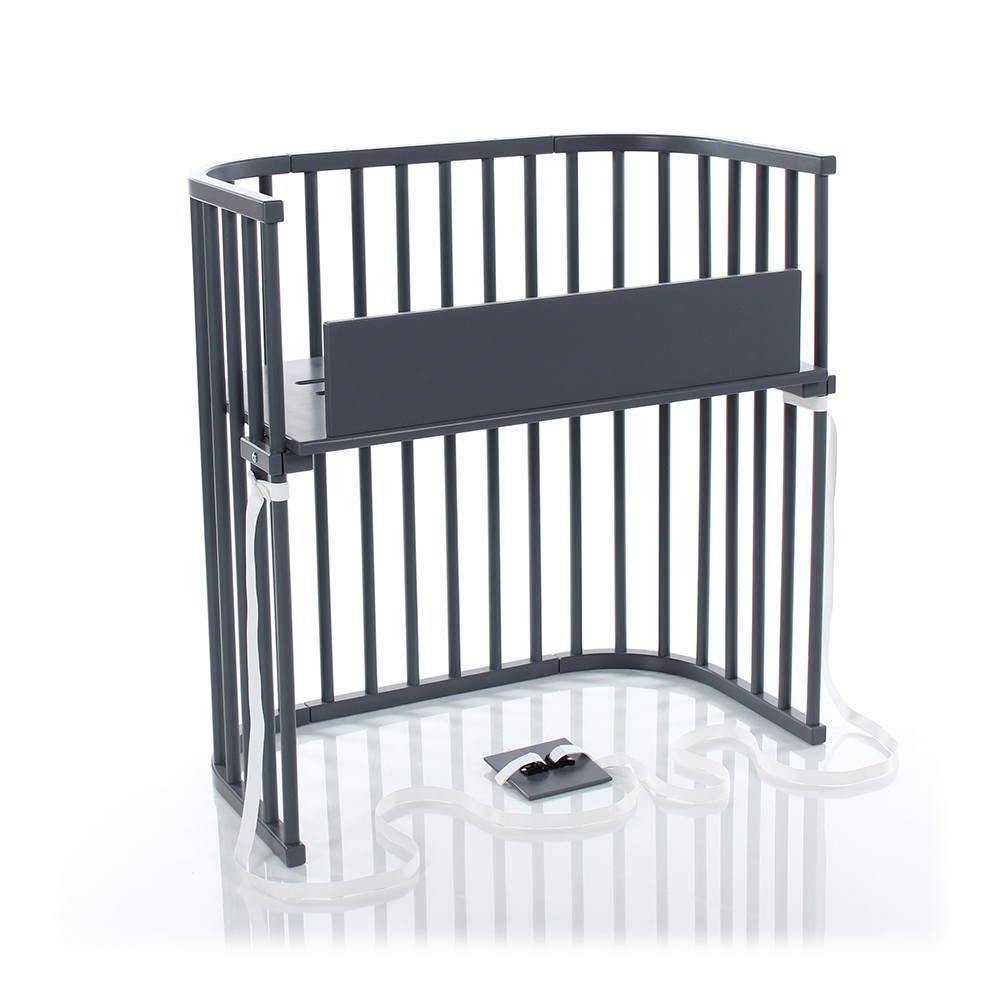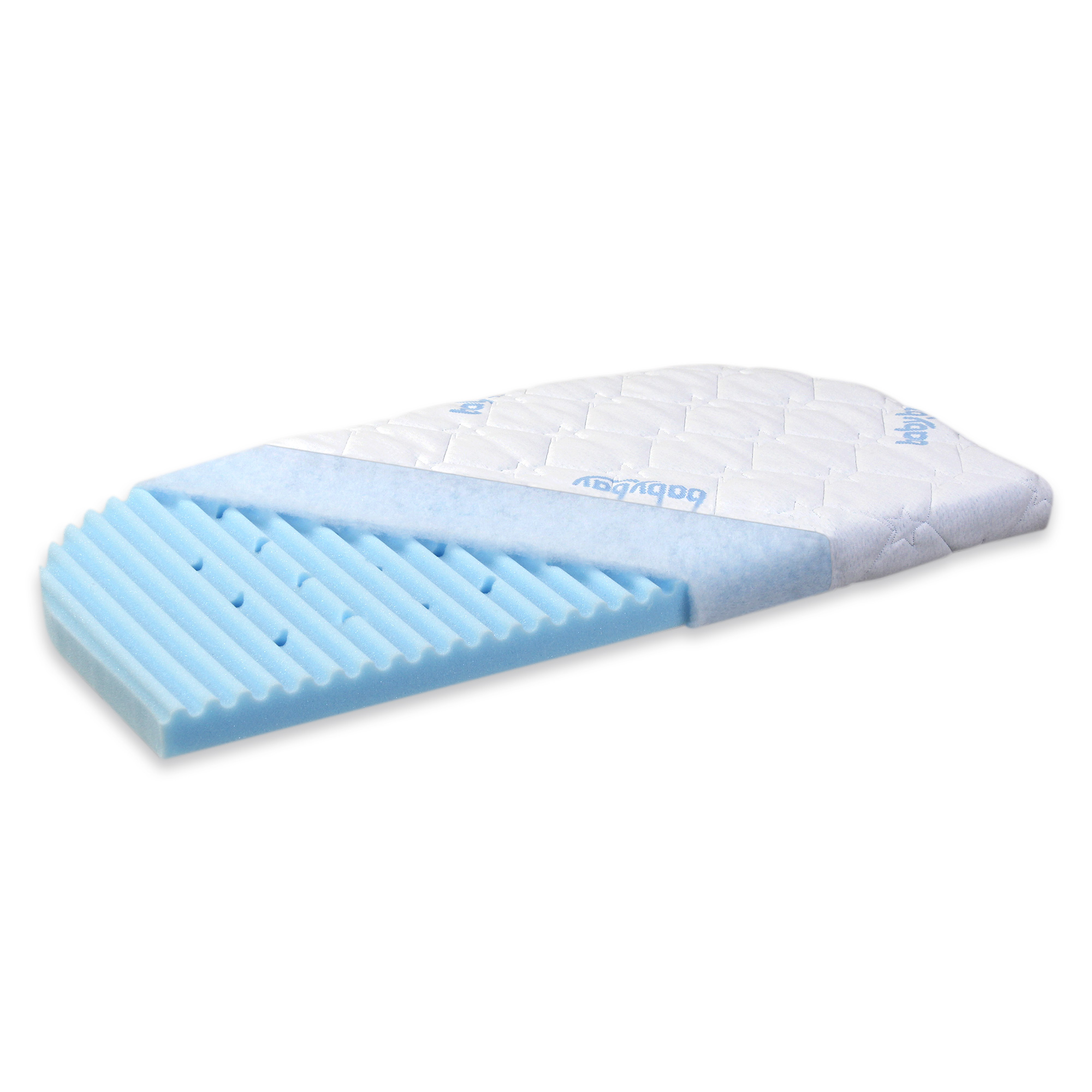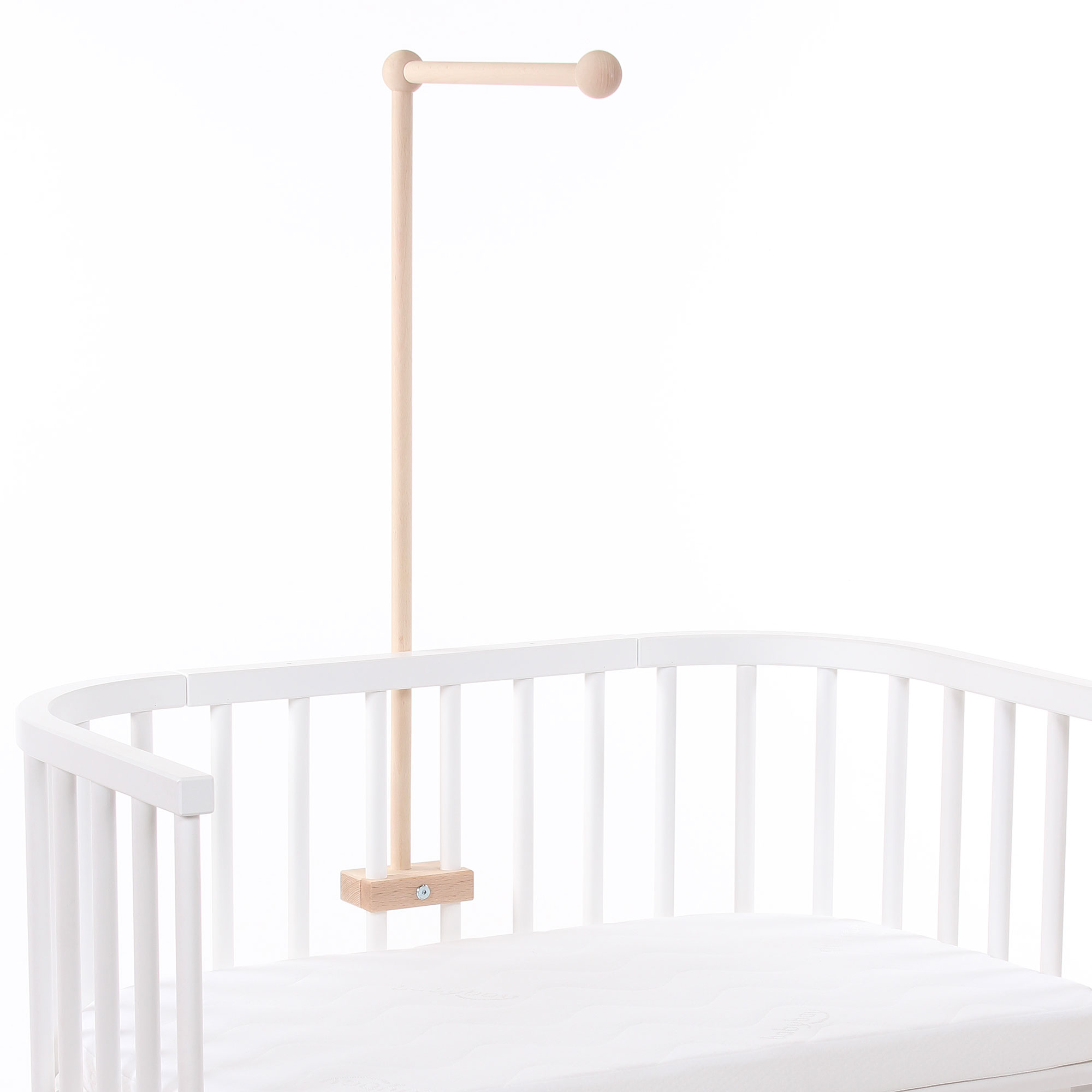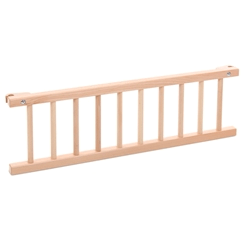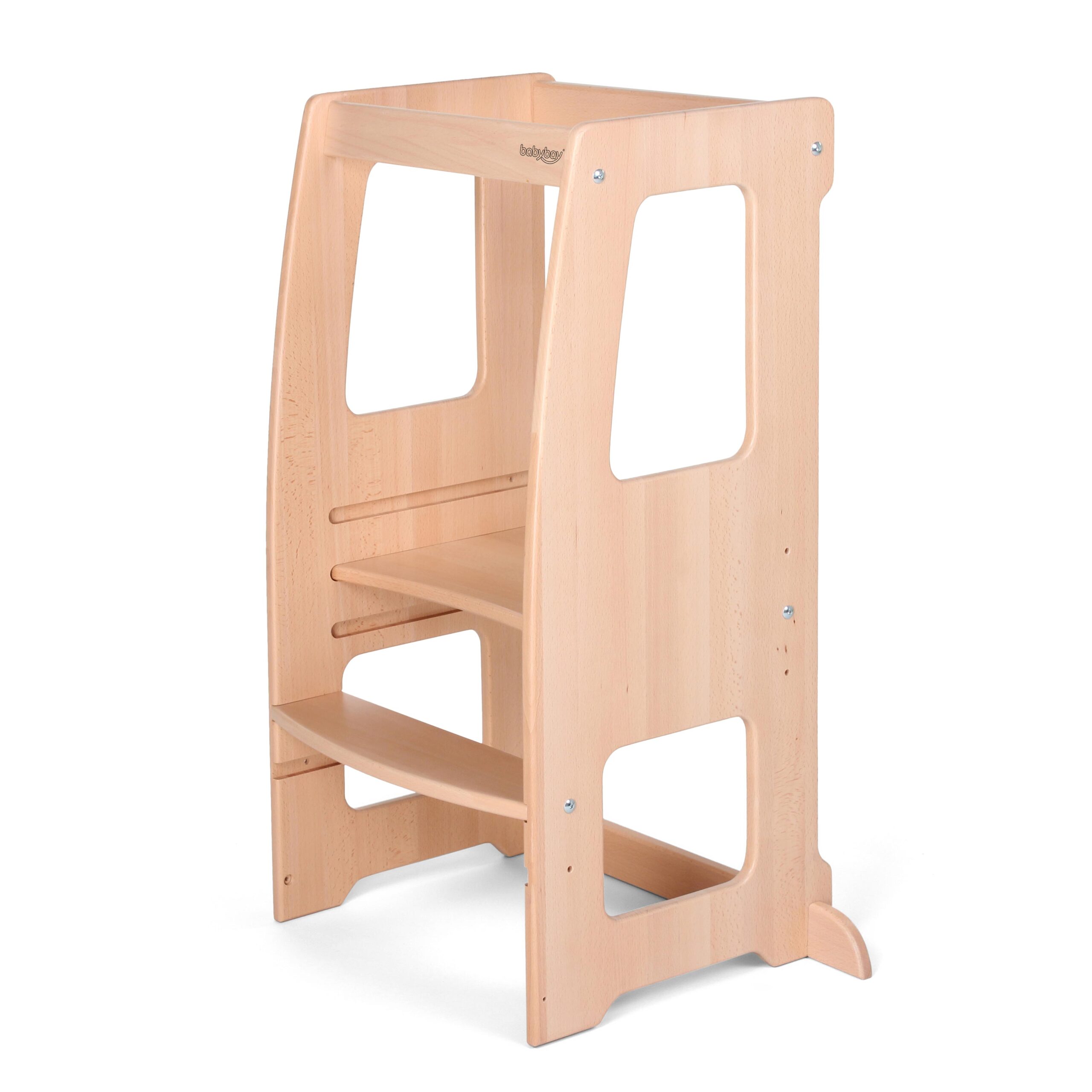Is it feeling like time to encourage your baby to stop co-sleeping? Or to switch them over to a new set-up so they can catch their Z’s in a space all their own? Great! But does it also feel like a challenge to figure out how to transition from co-sleeping to crib?
Less great…but good thing we have you covered on that front!
Here’s the most important thing to remember as you start on your journey away from co-sleeping: every family is unique. And so is every co sleeping journey.
Though family, friends, or strangers online might swear by one method of transitioning from co-sleeping, that doesn’t mean that this is the right method for you.
As you make plans to transition from co-sleeping to crib, take into account your own needs. Also take into account how your baby’s personality might respond better—or worse!—to different possible methods.
Though there are many parent-loved approaches out there (from taking the gradual approach to stopping “cold turkey”), there’s one thing you should keep in mind no matter which strategy you choose…
Consistency is key.
Though there are sure to be a few bumps along the road or nights when things just don’t seem to go according to plan, keep at it!
Putting a plan in place and following it closely will help your baby quickly get used to their new nighttime routine.
Why It’s So Hard to Transition from Co-Sleeping to Crib
Have you ever suffered through a night of tossing and turning because you were in an unfamiliar place? Or lost plenty of good hours of rest because you were sleeping on a mattress that wasn’t your own?
It’s common for anyone (adults and babies alike!) to have a hard time sleeping when they’re getting used to a new sleeping environment. Or when they’re adjusting to new nighttime sounds.
Your baby has gotten used to the comfortable feeling of sleeping by your side. Suddenly moving across the room into a crib of their own—or moving into a whole new room of their own—is bound to create some confusion and discomfort during the transition stage.
But the more consistent you can be, the easier it will be for your baby to feel comfortable with the new routine you’re setting.
It’s important to hold strong! Even in the tempting moments when you’re faced with your baby’s discomfort and a night or two of lack of sleep.
By outlining your goals ahead of time and being clear on what method you’ve chosen and why you believe it’s the one that will best support your baby’s transition, you’ll be able to roll over all those bumps and help baby get used to their new routine in no time.
How Bedside Co-Sleepers Help Ease the Transition from Co-Sleeping to Crib
Luckily, families who have been co sleeping with the help of a bedside co sleeper like the babybay often have an easier time transitioning baby away from their bedside.
Because your baby is already familiar with the feel of their baby co-sleeper, they won’t have to get used to a new sleeping space. They’ll just have to get used to a new distance from you.
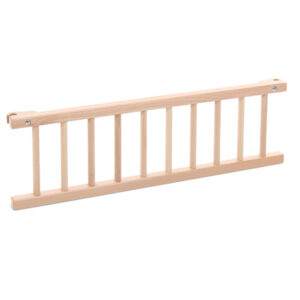
Before you know it, your baby will be sweetly exploring dreamland all night long. Even when you’re not right by their side.
The Real Key to Transitioning from Co-Sleeping to Crib: Be Consistent
You’ll hear this advice again and again, and for good reason: keeping consistent is the most important thing you can do to help baby feel confident and comfortable as they get used to their new nighttime routine.
Some experts recommend putting an “our bed is off limits” rule in place for the first three months after you’ve stopped co sleeping. This means that your baby is not invited onto their mattress at all—even for nap times or cuddling—until they’ve had enough time to adjust to sleeping in a space all their own.
It makes sense that many parents find this an effective tactic to stop co-sleeping. Your baby is still too young to logically understand why cuddling at 10am is totally fine, but sleeping by your side at night is off-limits.
Keeping your baby completely away from your bed until they have fully adjusted to their new nighttime routine can help deliver sounder nights of comfortable and confident sleep for them. And sounds nights of sleep for you!
Of course, if you’ve been co sleeping with the help of a bedside co-sleeper, then your baby is likely well-prepared to take on the challenge of adjusting to a new sleeping space.
Because they’re already used to being comfy and cozy on a mattress all their own, they won’t have as much trouble leaving your bedside behind. (Especially if you’re simply transforming your trusted bedside sleeper into a baby bassinet that baby gets to continue to happily sleep on all night long!)
Which means when it’s time to figure out how to transition from co-sleeping to crib, you can be confident that your baby is well-prepared for the journey ahead.




